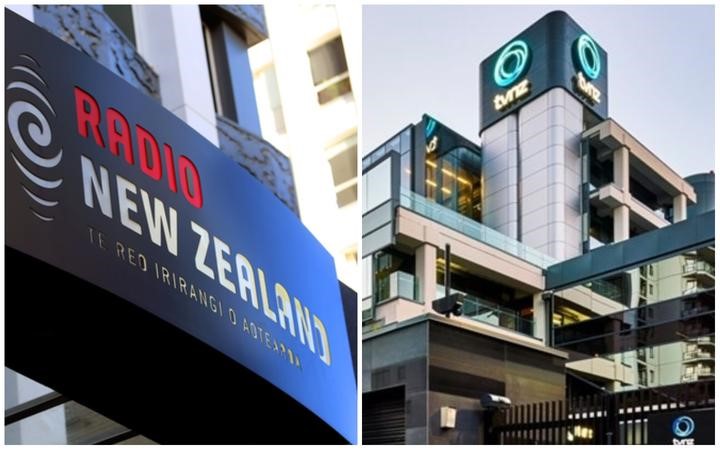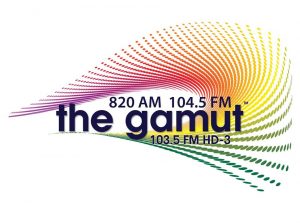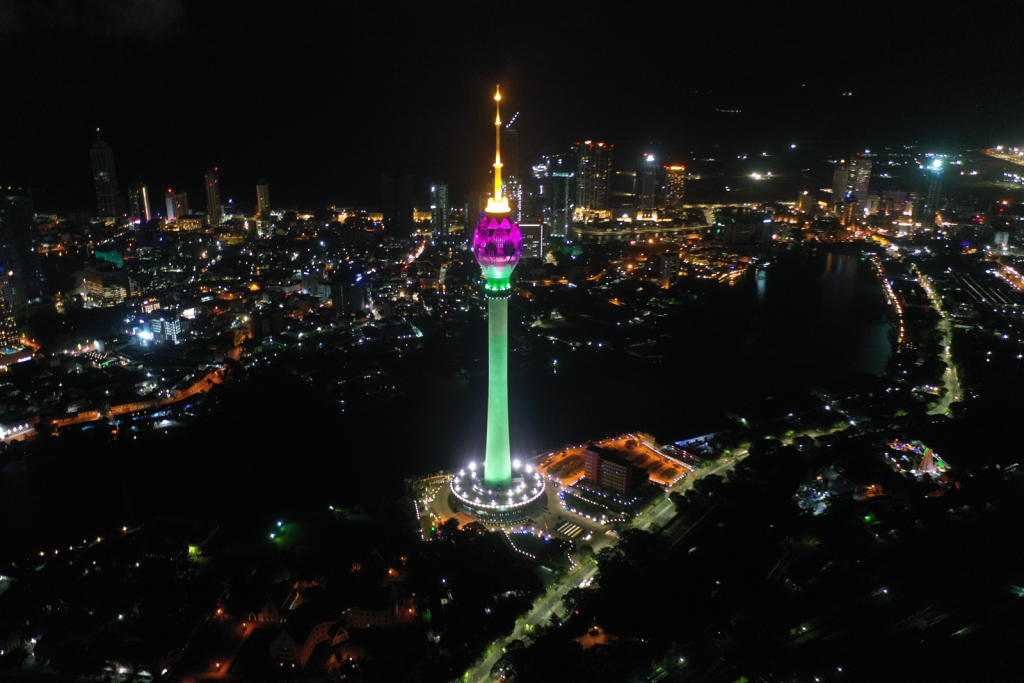The New Zealand Government is planning to disestablish public broadcasters (radio and television) and create a new public media entity in order to cut operating costs. The annual funding (25 million US dollars) primarily supports Radio New Zealand, whereas the television (TNZ) counts on advertising revenue. An advisory group is now working to create a new model with new funding options, such as introducing a fee and working on sponsorships (in addition to the actual funding).
Commercial TV crisis
The public radio and television sector is suffering, but also the commercial broadcasting is experiencing difficulties. The online giants, such as Google and Facebook, are draining resources from the advertising market, also affecting the private sector: MediaWorks, a New Zealand-based television, radio and interactive media company entirely owned by an American company, has recently put some of its channels up for sale: Three, Bravo and Three Life. This group also owns 9 national radio brands transmitted on 190 frequencies.

Source
Follow the services of Jane Patterson, political editor of Radio New Zealand here & here
Find a complete list of frequencies and repeaters on FMList.





